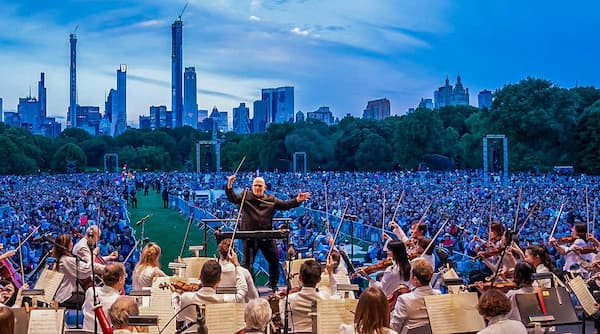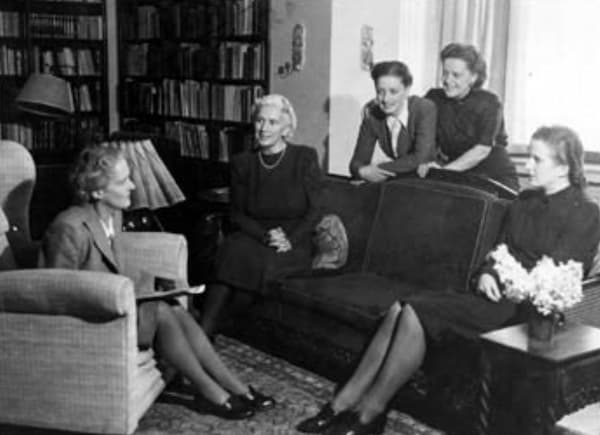Today, we’re continuing our exploration of ten unhappy marriages from classical music history.
Last time, we looked at the marriage stories of Leonard Bernstein, Gabriel Fauré, Richard Wagner, Gustav Mahler, and Joseph Haydn.
Today, we’re ready to resume our countdown. So get ready for shocking tales of infidelity, a suicide attempt, a grisly murder, and more.
5. Giacomo Puccini and Elvira Bonturi Gemignani
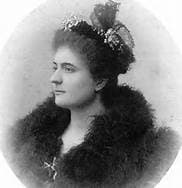
Elvira Puccini
In the fall of 1884, opera composer Giacomo Puccini began having an affair with a woman named Elvira Gemignani, a twenty-four-year-old wife and mother stuck in an unhappy marriage with a womanizer.
She sought refuge with Puccini and fell in love with him. In the early spring of 1886, she became pregnant with Puccini’s child, giving birth that December to a boy named Antonio.
Although they all moved in together, Puccini and Elvira were only able to marry in 1904 after the death of her husband.
Manon Lescaut – Donna non vidi mai (Jonas Kaufmann, The Royal Opera)
Unfortunately for Elvira, Puccini was also a cheater. Puccini was infamous for his unfaithfulness and his desire for his attractive young colleagues.
Elvira grew paranoid and accused their housemaid, Doria Manfredi, of having slept with her husband. Manfredi was so distraught by the accusation that she died by suicide. An autopsy revealed that Manfredi was a virgin. Elvira was prosecuted for slander and sentenced to spend five months in jail, but Puccini paid money so that she wouldn’t have to go.
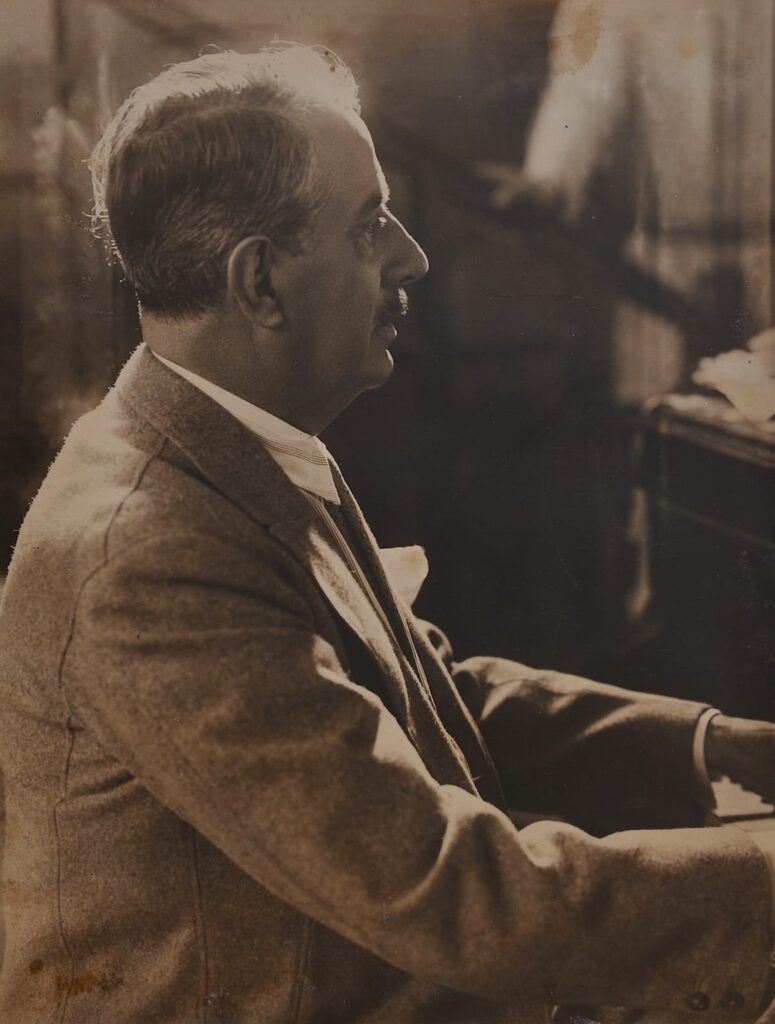
Puccini in 1924
The story doesn’t end there, though: in 2007, documents were discovered revealing that Puccini was indeed having an affair with a Manfredi woman…but it was Giulia Manfredi, not the dead woman.
4. Hector Berlioz and Harriet Smithson
Harriet Smithson was one of her generation’s great actresses. She was born in Ireland in 1800 to a family who made a living in the theatre business.
She made her stage debut in Dublin when she was just fourteen years old and afterwards began touring throughout Great Britain. She made her London debut in 1818 and spent several years trying to make an impression there, but she never quite broke through.
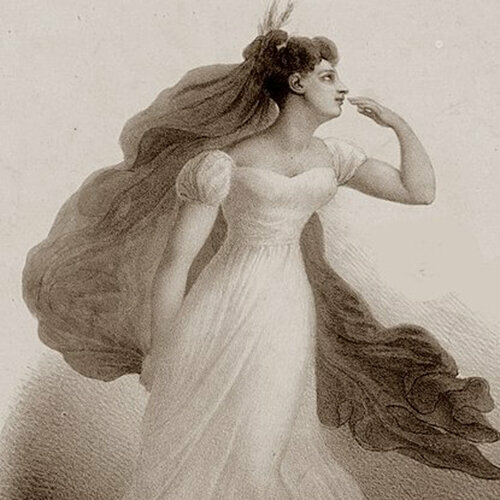
Harriet Smithson as Ophelia in Shakespeare’s Hamlet
However, everything changed when she went to Paris in 1827 and played the role of Ophelia in Hamlet. Within days of her first appearance in the role, she was cast as Juliet in Romeo and Juliet. She ended up revolutionising the role. Over the years, theatre companies had downplayed Juliet’s importance, going so far as to cut many of her lines. Smithson restored them, and her performance was a revelation.
Hector Berlioz saw her perform Shakespeare and immediately fell in love with her (or her talent, at least). He wrote his groundbreaking Symphonie Fantastique in her honour in 1830.
Berlioz : Symphonie Fantastique
Smithson returned to Paris in the early 1830s, but her star had begun to fade. Sensing that her career was on a downward trajectory, she found herself flattered by Berlioz’s obsession with her. It didn’t help that he became horrifically manipulative, threatening to kill himself via opium overdose if she did not accept his proposal of marriage.
Nobody thought it was a good idea, but the two married in 1833, and in August 1834, she gave birth to a son.
Her health deteriorated, and as Berlioz’s career took off, hers stagnated, leading to conflict. In 1840, Berlioz met a singer named Marie Recio, and the two fell in love.
Hector and Harriet’s relationship, one of the great archetypal love stories of the Romantic Era, ended in 1843 when Harriet Smithson moved out of Berlioz’s home.
3. Pyotr Ilyich Tchaikovsky and Antonina Miliukova
When she was twenty-four years old, Antonina Miliukova met Pyotr Ilyich Tchaikovsky at a dinner party thrown by her brother. She fell in love with him and couldn’t get him out of her mind.
Four years later, in 1876, she inherited some money that she wanted to use as a dowry. The following year, she re-introduced herself to Tchaikovsky via letter, proclaiming her love and declaring that she would die by suicide if they could not be together.
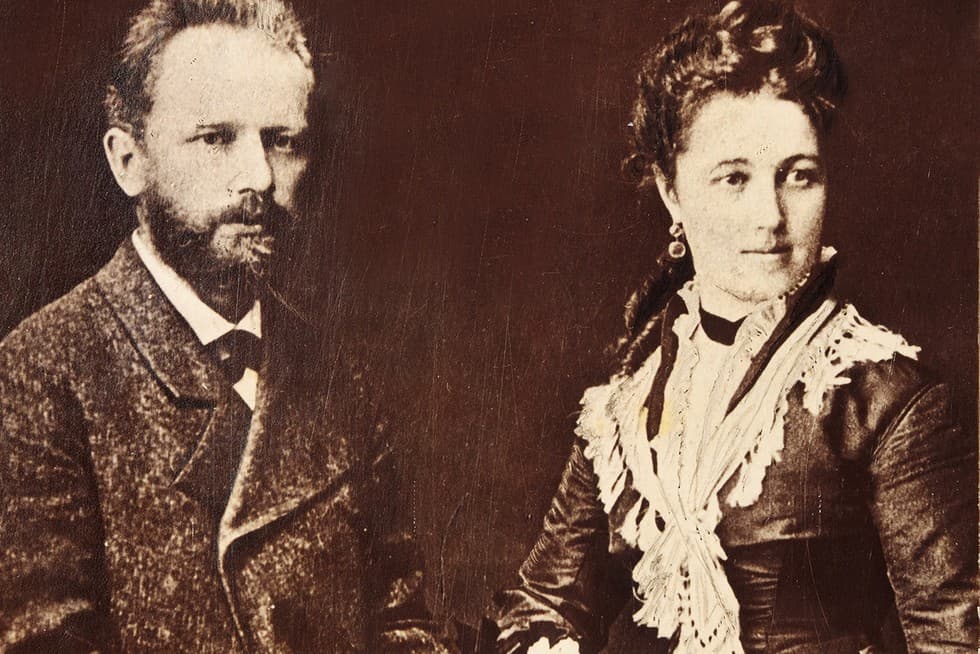
Tchaikovsky and his wife Antonina Miliukova
Tchaikovsky was faced with a dilemma. He was a gay man who was not attracted to women. However, many gay men of the era married in order to have a family life, security, companionship, and a weapon to use against any unseemly rumours that might arise. After thinking about it, he proposed to Antonina in 1877, and they were married that July. (His violinist crush served as a witness.)
Janine Jansen performs Tchaikovsky Violin concerto
Almost immediately, Tchaikovsky realised he’d made a terrible mistake. The marriage was never consummated, and he had a nervous breakdown, even contemplating the idea of finally fleeing Russia altogether for a time. (Perhaps not surprisingly, he spent some of that time with his former flame and even wrote a violin concerto inspired by him.)
In 1878, Tchaikovsky began pushing for a divorce. Antonina resisted. However, by mid-1880, she seemed to recognise that their relationship was irreparably broken, and she moved in with another lover.
Their toxic marriage continued until Tchaikovsky’s death in 1893. Antonina ended her life in an insane asylum.
2. Claude Debussy and Rosalie Texier
Rosalie Texier was born in 1873 and grew up in Tonnerre, Burgundy, France. In the 1890s, she began working as a model at a high-end couture house in Paris.
She met composer Claude Debussy in 1898. She was twenty-five, and he was thirty-seven. They were friends for a while, but after Debussy’s girlfriend broke up with him, he set his eyes on dating Rosalie.
In the spring of 1899, they became lovers. Many of his friends were getting married or had gotten married, and Debussy felt pressure to join them. They got married on 19 October 1899.
Alice Sara Ott – Debussy: Rêverie, L. 68
Unfortunately, as the honeymoon period came to an end, Debussy started finding Rosalie somewhat dull and unadventurous, and he drifted apart from her.
Four years after his wedding, he met a woman named Emma Bardac and, in the early months of 1904, fell in love with her. That summer, he went on a secret trip with Emma to Jersey while sending Rosalie to visit her parents. This trip convinced him that his marriage was over.
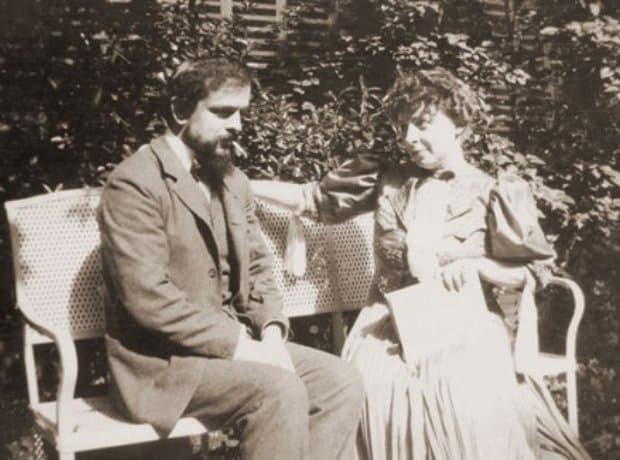
Claude Debussy with Emma Bardac
Instead of breaking the news to Rosalie in person, he wrote it in an infuriatingly casual letter dated 11 August 1904:
Now, forgive me for what follows. Perhaps I would have done better to tell you during my trip to Bichain; I could not find the time nor, perhaps, the courage to tell you… I have a very clear conviction after these days spent away from you, when I was able for the first time to reflect coldly on our life, that while having loved you very much, I had never made you as happy as it should… We are no longer children, so let’s try to get out of this story quietly and without getting people involved.
On 13 October 1904, the week before what would have been their fifth wedding anniversary, Rosalie, unable to handle the emotional pain of the breakup, shot herself. The bullet was shot into her stomach and lodged by a vertebrae.
When Debussy found out that she would survive, he left the hospital…without paying any of her medical bills. (Friends took up a collection to cover the costs.)
Soon, the two divorced, and he married Emma Bardac, who by this time was pregnant with his child. A massive scandal ensued, forcing his friend group to take sides, and the fallout wasn’t pretty.
Read the full story of Debussy and his wives.
1. Carlo Gesualdo and Donna Maria d’Avalos
Here it is, the undisputed worst marriage in classical music history: the union between Carlo Gesualdo and Donna Maria d’Avalos.
Carlo Gesualdo was born in Venosa, Italy, in 1566. It was determined that he should pursue a career in the church, while his brother Luigi was slated to become the next prince of Venosa.
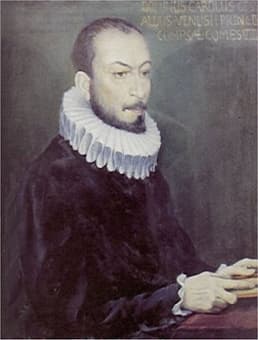
Carlo Gesualdo
However, in 1584, Luigi died, throwing the family’s plans into upheaval, with Carlo entering the line of succession. He gave up on the idea of pursuing a church career, and in 1586, he married his first cousin, Donna Maria d’Avalos, so that he could keep the line of succession going.
Carlo Gesualdo – Se la mia Morte Brami
Horrifying disaster struck a few years later, in October 1590. when Gesualdo and his bodyguards caught his wife in bed with a fellow nobleman. Gesualdo killed both his wife and her lover, hacking their bodies to pieces with a knife. He left the room, then returned to make sure they were dead. They were.
When it came to avenging adultery, Italian law of the time was lax. It was determined that Gesualdo had not committed a crime. The only punishment he’d have to worry about is if his dead wife’s family would come for him.
Gesualdo’s shocking violence ensured that, for the rest of time, his marriage would be forever remembered as the worst one in classical music history.
For more of the best in classical music, sign up for our E-Newsletter


